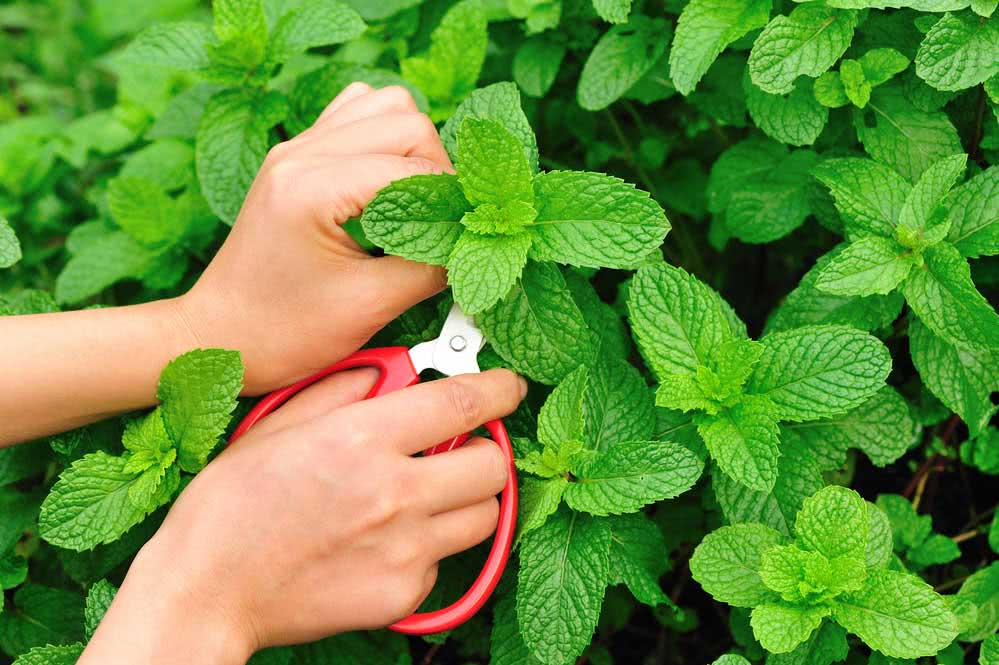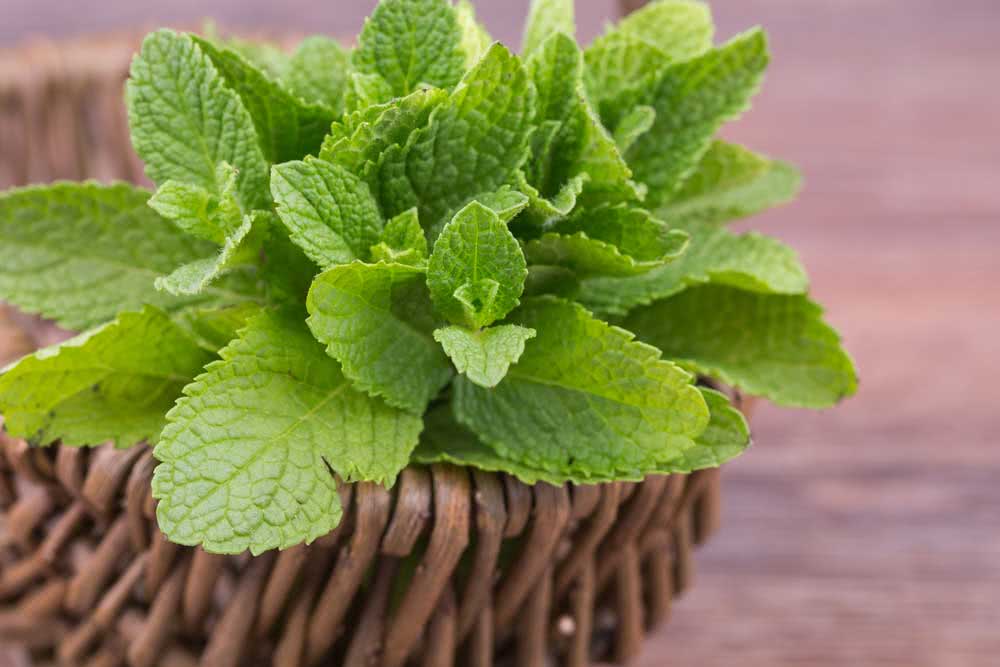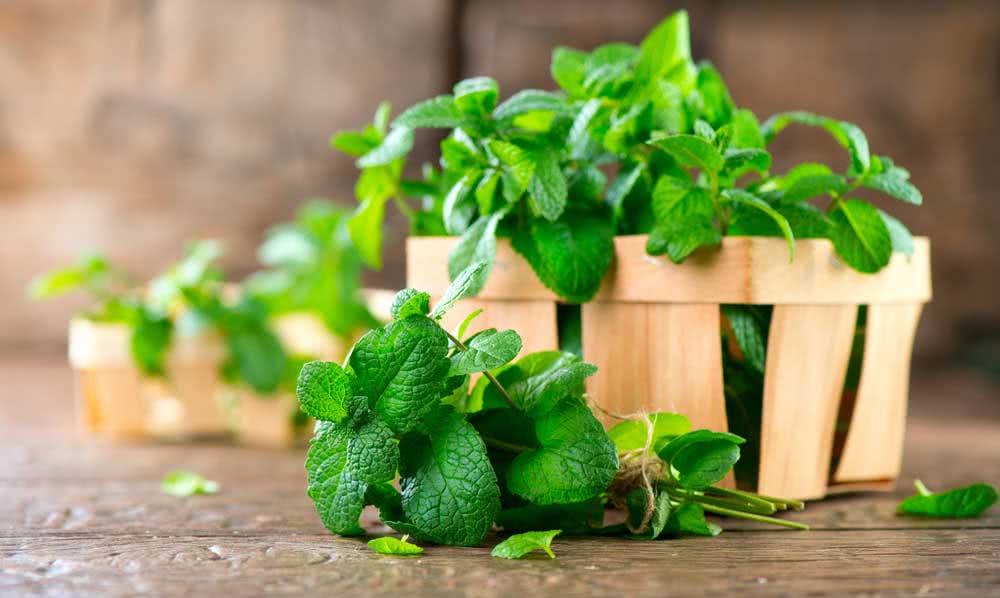It is one of the most versatile plants in gastronomy: it is an aromatic herb and has a powerful use for health. With a refreshing flavor, its use in the kitchen ranges from seasoning dishes to teas, used in drinks and juices, including jellies and even as a source of essential oil.ideas
It can also be used as a raw material both in the personal care and cosmetic industries. With its multiple uses, mint can even be a planting alternative for the farmer who wants to supplement the family income. Do you want to know how to plant mint? Just keep reading this article to learn more different tips and techniques!
How to plant mint in a pet bottle
Using the pet bottle to cultivate your mini garden is an economical, sustainable practice, in addition to being very healthy. Let’s find out the step-by-step steps to make your hanging garden and plant mint with this type of material:
- Take the PET bottle and drill four spaced holes near the cap area;
- Make another hole in the bottom of the bottle, allowing the water that will accumulate in the container to escape;
- Then, using scissors, make two cutouts in the bottle, one on each side;
- After the cuts, put a little bit of gravel and then the substrate;
- Make a small opening in the earth and plant the mint;
- Fit the string into the four holes near the lid and then join the strands in a knot;
- At the end, with the help of a wall hook, put the string on the hook, water the mint seedlings and wait for your garden to grow!
To make it easier, follow a tutorial with all the instructions:
How to plant mint with a branch
You can reproduce plants through seeds, as in the vegetative process, it is possible to have new specimens, just using a specific part of the herb: leaves, shoots and branch cuttings.
In other species, you can get rooting in water more easily. It is important to remember that this process differs from hydroponics.
The procedure is simple, but you must be careful so that you can successfully reproduce the seedlings. Follow the step by step:
- Carefully choose a mature, healthy mint. This water-rooting process works very well with most soft-stemmed herbs and vegetables;
- Try to water the mint in the morning or at the end of the day. However, wait an hour after watering for the stem to have a good water reserve;
- Wait a while, then cut the branches with a size between two to eight centimeters;
- Choose a glass, pitcher or vase that is made of glass. Wash them well and fill with clean water;
- Insert the branches into the container, noting how far the water touches. After that, remove the branch and leaves that are submerged. This is important as there is a risk that they will rot. After this observation, place them carefully in the vase;
- The container with the mint should be in a cool place with little light. Avoid sun exposure;
- Change the water every three days, always preventing it from becoming cloudy, in addition to the proliferation of mosquitoes.
To facilitate these steps, see the tutorial below:
How to replant mint

Very easy procedure, but because mint is a slightly different type of bush, follow our tutorial as below:
- Take four to six inches of sticks of mint and take out the leaves of that length. You just need to leave the top ones;
- Cut the stem close to a knot – that would be the splitting of the stem. The knot needs to be at the end of the branch because it is from there that new roots will emerge;
- From that moment on, you will need to follow up. In a period of three days, a root of approximately one centimeter will appear;
- After 10 days in the water, you will be able to see many roots;
- And with seven more days, more roots will appear and you will be able to put the seedlings in a pot with soil. The important thing is that the root is not too small, otherwise it will have difficulty in nourishing the mint.
To make your life easier, see this video taken from youtube:
Mint like sun or shade?
Mint is easily adaptable in pots, bib and vases. Even known for being an invasive plant, all the containers mentioned contain it perfectly as the roots end up spreading to the bottom, filling all the space.
A very common question is about where to house the mint. It can be either sunny or partially shaded, but it should be kept away from winds. It is important to note that the sun helps the mint grow healthy and lush. A tip is to always leave the vase facing east, as its development is better with sun exposure for at least six hours a day.
In addition to these details, the aromatic herb is a great choice for those who like plants that require little care.
How to plant mint and basil
Did you know that there are some plants that tend to do well if planted in the same pot? But, unfortunately, this is not the case with mint.
A tip for those who want to grow mint: it is an aromatic herb that is contraindicated for sharing the pot with other plants. One of the reasons is that its roots are very spacious and can hinder the cultivation of neighbors, including basil.
Basil can share the pot with other plants. One of our suggestions is to plant it with oregano and marjoram. In addition to being great for use in pasta, pizza and other Italian cuisine, they have the same water requirement and the characteristics of the soil requirement are very similar.
How to plant peppermint
It is quite easy to grow peppermint as long as you can count on a well-drained soil, full or partial sun exposure. Also, the herb is a sterile hybrid and cannot be grown from seeds. The only way it can be planted is by using its healthy and mature plant stems, seedlings or stolons.
Follow our step-by-step steps below to make your cultivation:
- Look for the « stake » of the peppermint. The stake is the stem that has grown from the plant and developed roots (it seems that it is trying to “escape” from the mother plant);
- Once the stake takes root, the probability of surviving and thriving is great where it will be planted;
- You also have the option of using peppermint seedlings. To have a good seedling, just cut a twig approximately one centimeter above the knot, to allow other branches to grow;
- Place the seedlings in a glass of water and wait for small white roots to appear. This will normally take about two weeks to occur;
- You should change the water in your cup every three days;
- After that, she will be ready to go ashore. In the first year of life, it is important to water the mint frequently, but not too much so that the soil becomes soggy.
For a better understanding, see this tutorial taken from youtube:
How to plant mint in water

Planting mint in water is a very simple procedure. Follow the steps below:
- Cut a branch straight from the stem about two centimeters long;
- Leave it in a glass of filtered water until white roots a few centimeters grow;
- Keep the cup in an airy, light place. Don’t forget to fill it with water;
- Okay, your mint will grow a lot.
If you have more questions, watch the video with information on how to plant mint in water at: .
Plant mint with other plants

It should be avoided to plant the mint with other herbs or vegetables as its roots grow too much and can take nutrients from its “neighbors”, leading to malnutrition and, consequently, death of the plant.
Therefore, always plant the mint in a single pot for the plant itself. On land, try to give considerable space away from other vegetables at the time of planting.
Multifaceted
Being easy to grow, mint is good for so many things, as well as being easy to grow yourself. You can plant it in small spaces like planters and pots. You can even use it as a decoration and differentiate environments.
Even though it’s a bit of an invasive herb, it acts as an insect repellent.



